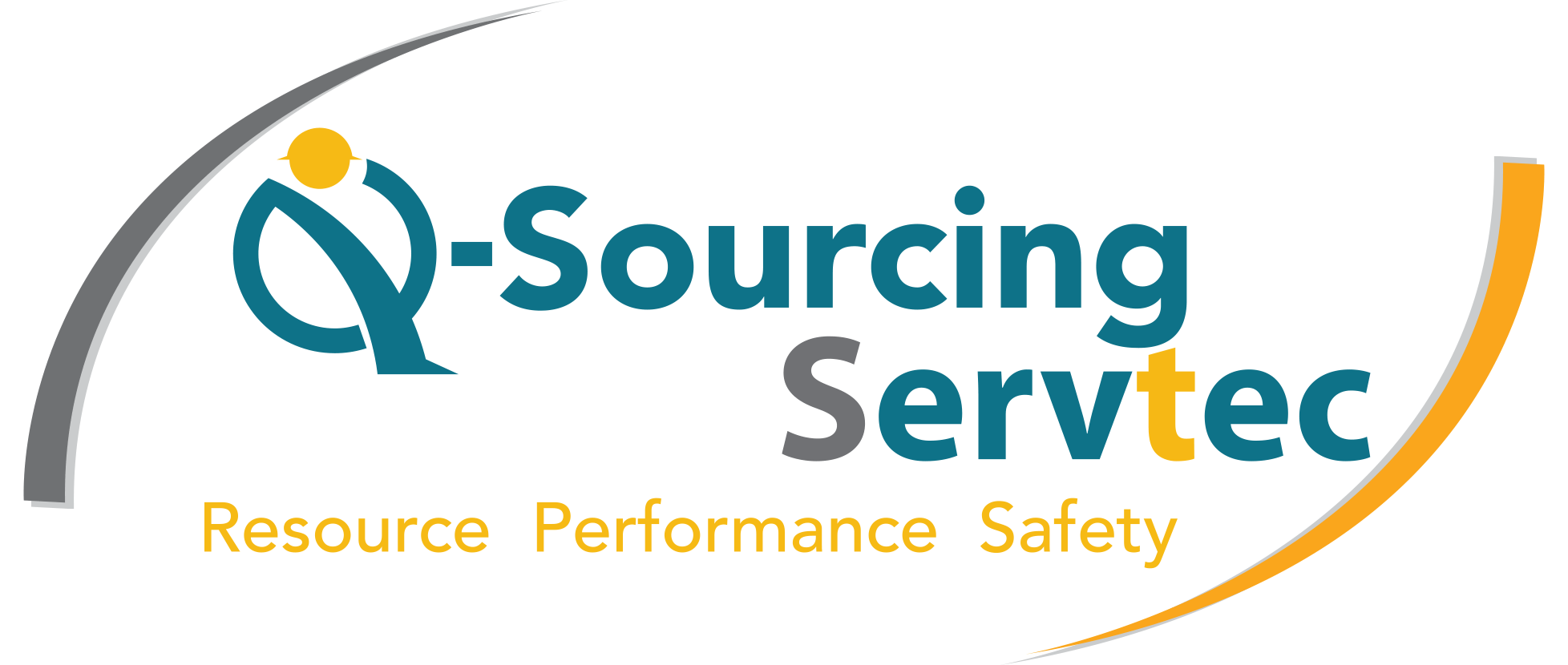The shift to hybrid work promised the best of both worlds, but without careful execution, it can quickly devolve into the worst. For HR leaders, recognising when the model is failing is critical—not just for productivity, but for talent retention and company culture.
A failing remote or hybrid model often reveals itself through subtle shifts in employee behavior and key organisational data. Here are the seven most urgent warning signs HR should be tracking, categorised by impact.
1. The Proximity Trap: Unequal Career Outcomes
This is arguably the most insidious failure, rooted in proximity bias, where managers unconsciously favor employees they see in person.
- Disparities in Promotion Rates: The clearest sign is when your internal data shows that employees who spend more time in the office are promoted or given raises at a statistically higher rate than high-performing remote colleagues. The model is failing if physical presence, not performance, is the hidden criterion for advancement.
- Reduced Feedback for Remote Workers: Remote employees report receiving less frequent, less constructive feedback and fewer developmental opportunities. If managers struggle to coach or even check in with those they don’t physically see, it signals a need for immediate managerial training.
2. Cultural Disintegration and Attrition
A healthy culture is hard to maintain across distance. A failing model often leads to isolation and high-value talent loss.
- A Rise in Voluntary Turnover: A jump in your voluntary attrition rate, particularly among high-performing or newer employees, indicates a failure to maintain organizational commitment. Employees who feel unsupported or disconnected are significantly more likely to leave.
- Plummeting Engagement Scores: A decline in favorable responses on internal surveys, specifically around feeling connected to the company’s mission, culture, or immediate team, is a direct measure of cultural decay. The shared sense of identity is dissolving.
3. The Collaboration & Efficiency Drain
When communication becomes a constant struggle, work slows down and frustration rises.
- “Meeting Sprawl”: A significant and unmanaged increase in the number, duration, and attendance of virtual meetings is a major red flag. Teams are using meetings to compensate for poor asynchronous communication, which leads to time lost to coordination instead of execution.
- The Office is a Ghost Town (or a Zoom Hub): If employees who do come in are simply sitting at desks on video calls, you’ve failed to define a purpose for the office. The model is failing when the commute yields no intentional, collaborative, or social benefit to the employee.
4. Managerial Burnout and Lack of Trust
The hardest job in a hybrid setting is being a manager. If they aren’t supported, the model collapses.
- High Managerial Burnout: Middle managers are stuck between employee demands for flexibility and leadership’s need for control. If managers are struggling with excessive workload, stress, or high turnover, your training and support structure for hybrid leadership is inadequate.
- Increased Overtime and Work-Life Boundary Blurring: Paradoxically, flexibility can lead to overwork. If remote employees are consistently logging longer hours or working on weekends, it indicates a failure to set and enforce boundaries, driving up risk for stress and burnout.
Key HR Action Items
To prevent these signs from becoming critical, HR must make the model intentional, equitable, and iterative. This requires:
- Mandatory Hybrid Leadership Training: Equip managers with skills to coach, provide feedback, and assess performance based on outcomes, not presence.
- Equity Audits: Regularly analyse promotion, pay, and assignment data by work location to uncover and correct proximity bias.
- Define the “Why”: Establish clear guidelines for why and when people should come to the office (e.g., specific collaboration days, client meetings, or social events).
A dysfunctional remote or hybrid model isn’t just a temporary inconvenience; it’s a structural risk to your business. The cost of a failing setup, i.e., high turnover, burned-out managers, and systemic inequity will ultimately dwarf any savings in real estate. The shift to a flexible workplace was never just a policy change; it was a fundamental culture change.HR’s mandate now is to move beyond simply tracking these red flags and to use the data to inform a proactive pivot. Assess your metrics, listen to the quiet quitting, and commit to making your model intentional, equitable, and supported by a strong, well-trained management layer.
The ultimate success of hybrid work lies not in setting a rule about office days, but in creating a psychologically safe and high-performing environment where talent can thrive, regardless of location. The time to stop reacting and start designing a better future of work is now.

